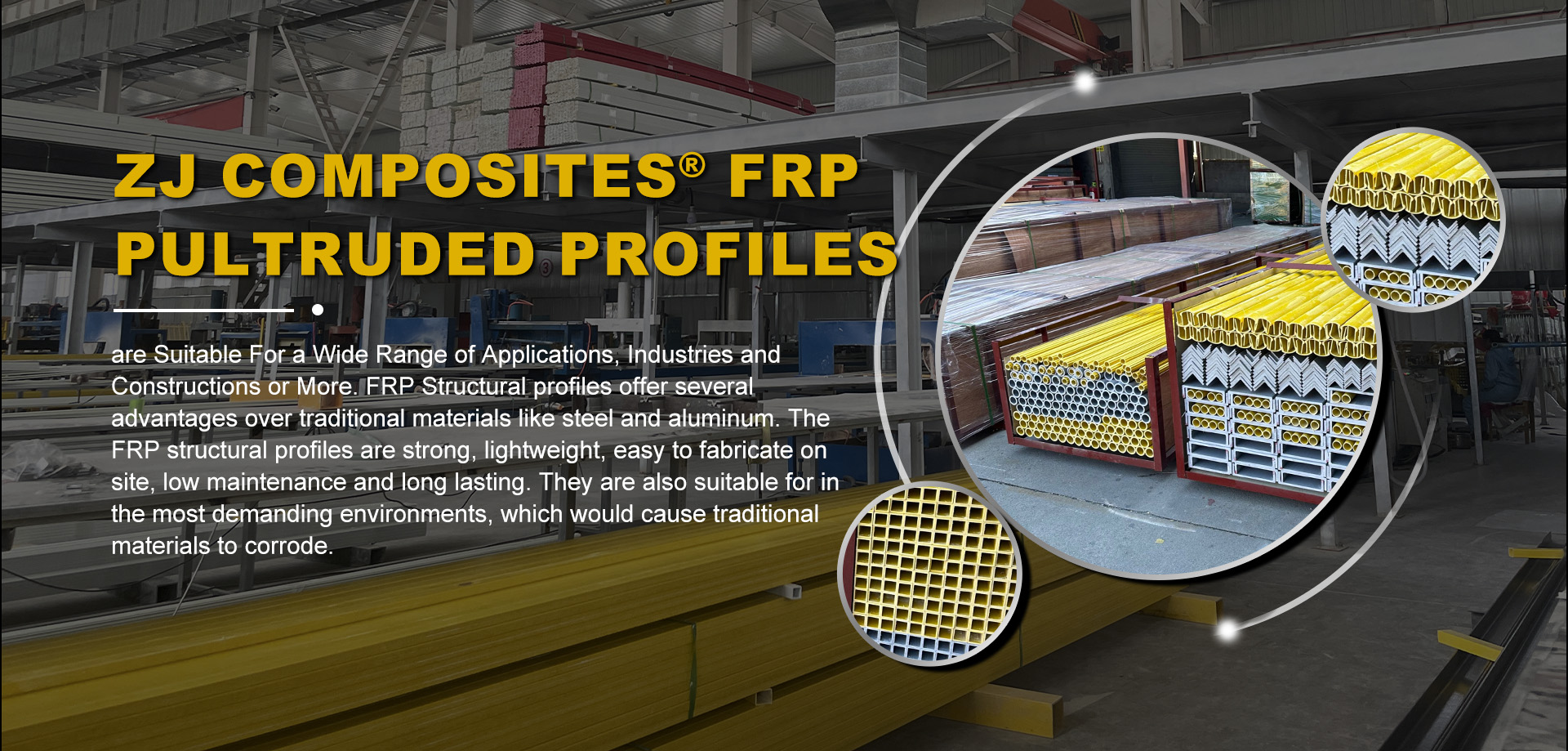loading...
- No. 9, Xingyuan South Street, Dongwaihuan Road, Zaoqiang County, Hengshui, Hebei, China
- admin@zjcomposites.com
- +86 15097380338
- Welcome to visit our website!
Exploring Innovative Designs and Uses for Grating Covers in Various Applications and Industries
The Importance of Grating Covers A Comprehensive Overview
Grating covers are critical components in various infrastructure systems, serving multiple functions across numerous industries. From urban planning to industrial applications, the significance of grating covers cannot be overstated. These covers provide safety, accessibility, and efficient drainage while also contributing to the aesthetic value of public and private spaces.
First and foremost, safety is a paramount aspect of grating covers. In urban environments, grating covers are commonly used to cover drainage systems, manholes, and utility access points. These covers ensure that pedestrians, cyclists, and vehicles can navigate streets and public spaces safely. Without proper grating covers, open pits and utility access points pose serious hazards, leading to accidents that could result in injuries or fatalities. Therefore, using durable materials and well-designed grating systems is essential in ensuring safety in high-traffic areas.
Moreover, grating covers play a significant role in promoting efficient drainage. Water accumulation during heavy rains can lead to flooding, property damage, and erosion. By covering drainage systems with grating, water can flow freely into the drains while preventing larger debris from clogging the system. This functionality is particularly vital in urban settings where concrete surfaces limit natural water absorption. Grating covers facilitate a functional drainage network that helps maintain the integrity of roadways and public infrastructures, thus preventing costly repairs and maintenance.
grating cover

From an industrial perspective, grating covers are indispensable in maintaining the functionality and safety of workplaces. In warehouses, factories, and industrial plants, grating covers are used to access pits, sumps, and other openings. They provide safe access for workers while allowing for the maintenance of essential equipment. The right grating covers can also support heavy loads, making them suitable for various industrial applications. Choosing the appropriate materials—such as steel, aluminum, or fiberglass—can ensure the longevity and reliability of these covers under demanding conditions.
Additionally, grating covers can enhance the aesthetic appeal of public and private spaces. Urban planners and architects often incorporate decorative grating designs into park pathways, building entrances, and public squares. These aesthetically pleasing covers can blend seamlessly with landscaping, providing both functionality and artistry. Custom designs can reflect cultural themes, promote community pride, and contribute to a vibrant urban landscape.
Environmental considerations are also becoming increasingly important in the selection of grating covers. Many modern grating systems are designed to be eco-friendly, utilizing recycled materials and promoting sustainable practices. The use of permeable grating, for example, allows water to pass through while filtering out pollutants, thereby contributing to healthier urban ecosystems. This approach aligns with global efforts to enhance sustainability and reduce the environmental impact of infrastructure projects.
In conclusion, grating covers are more than just functional components; they are vital elements that enhance safety, promote effective drainage, support industrial operations, and contribute to aesthetic value. With the continued growth of urbanization and infrastructure development, the importance of choosing the right grating cover—considering materials, design, and environmental impact—will only increase. As we advance, it is crucial to recognize and appreciate the multifaceted roles that grating covers play in ensuring safe, efficient, and beautiful public spaces. By investing in quality grating systems, we can pave the way for safer and more sustainable communities.
-
The Rise of FRP Profiles: Strong, Lightweight, and Built to LastNewsJul.14,2025
-
SMC Panel Tanks: A Modern Water Storage Solution for All EnvironmentsNewsJul.14,2025
-
GRP Grating: A Modern Solution for Safe and Durable Access SystemsNewsJul.14,2025
-
Galvanized Steel Water Tanks: Durable, Reliable, and Ready for UseNewsJul.14,2025
-
FRP Mini Mesh Grating: The Safer, Smarter Flooring SolutionNewsJul.14,2025
-
Exploring FRP Vessels: Durable Solutions for Modern Fluid HandlingNewsJul.14,2025
-
GRP Structures: The Future of Lightweight, High-Performance EngineeringNewsJun.20,2025
